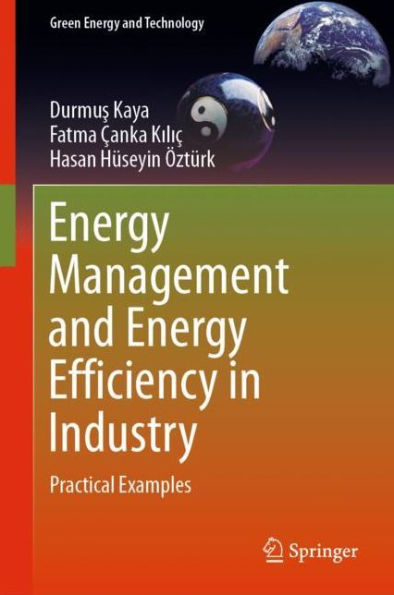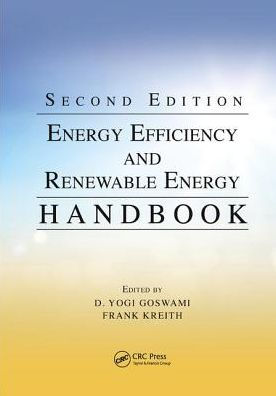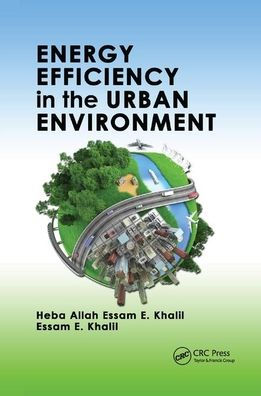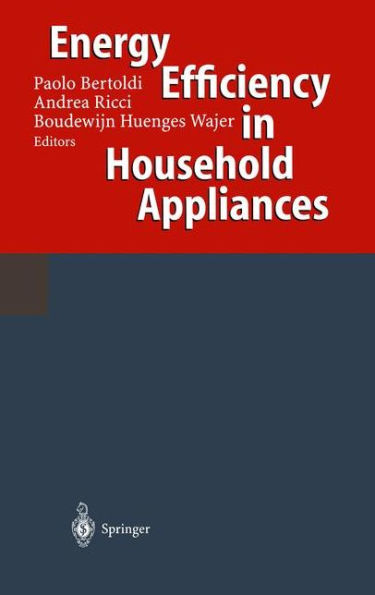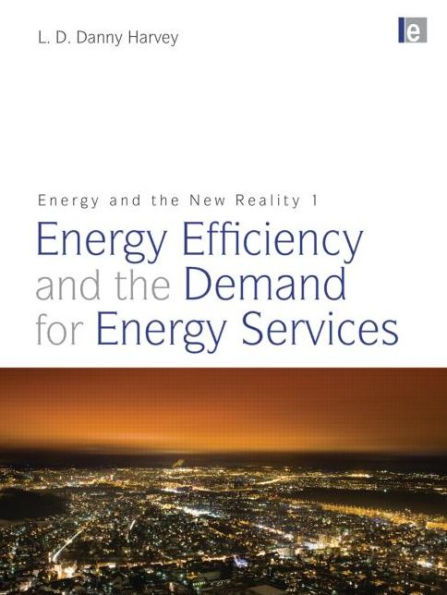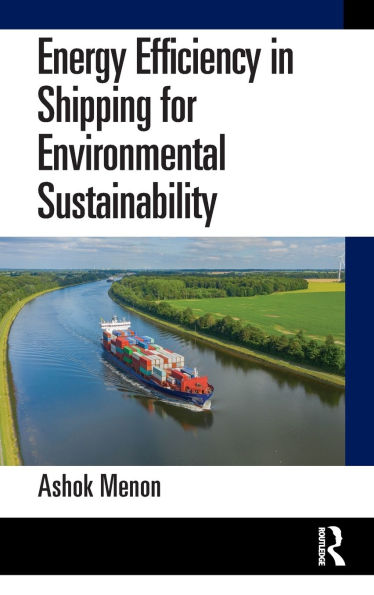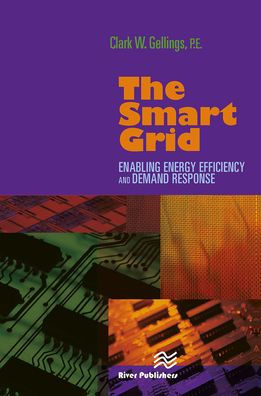Home
Thermofluid Modeling for Energy Efficiency Applications
Loading Inventory...
Barnes and Noble
Thermofluid Modeling for Energy Efficiency Applications
Current price: $150.00
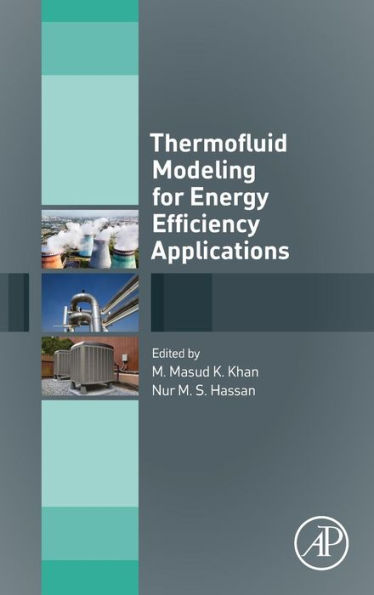

Barnes and Noble
Thermofluid Modeling for Energy Efficiency Applications
Current price: $150.00
Loading Inventory...
Size: OS
*Product Information may vary - to confirm product availability, pricing, and additional information please contact Barnes and Noble
Thermofluid Modeling for Sustainable Energy Applications provides a collection of the most recent, cutting-edge developments in the application of fluid mechanics modeling to energy systems and energy efficient technology.
Each chapter introduces relevant theories alongside detailed, real-life case studies that demonstrate the value of thermofluid modeling and simulation as an integral part of the engineering process.
Research problems and modeling solutions across a range of energy efficiency scenarios are presented by experts, helping users build a sustainable engineering knowledge base.
The text offers novel examples of the use of computation fluid dynamics in relation to hot topics, including passive air cooling and thermal storage. It is a valuable resource for academics, engineers, and students undertaking research in thermal engineering.
Each chapter introduces relevant theories alongside detailed, real-life case studies that demonstrate the value of thermofluid modeling and simulation as an integral part of the engineering process.
Research problems and modeling solutions across a range of energy efficiency scenarios are presented by experts, helping users build a sustainable engineering knowledge base.
The text offers novel examples of the use of computation fluid dynamics in relation to hot topics, including passive air cooling and thermal storage. It is a valuable resource for academics, engineers, and students undertaking research in thermal engineering.



